Understanding How Quality Hardscaping Can Complement Your Outdoor Kitchen
Outdoor kitchens are more than just a backyard trend—they’ve become a staple for homeowners looking to create functional, enjoyable, and stylish outdoor living environments. Whether you’re grilling up a weekday dinner or entertaining guests on the weekend, the right hardscaping elements can significantly enhance the experience. Quality hardscaping not only provides visual appeal but also plays a crucial role in defining, organizing, and improving your outdoor kitchen’s usability and longevity. Here are key ways that quality hardscaping can complement your outdoor kitchen and help you create a backyard oasis that’s both beautiful and built to last.
Creating Defined Zones
An outdoor kitchen is most effective when it’s clearly defined as its own space. A hardscaping contractor can offer practical ways to establish boundaries without making the area feel closed off. For instance, stone pavers arranged in a specific pattern can differentiate the kitchen from the dining or lounging areas. Low walls, changes in elevation, and contrasting textures all help divide the space without sacrificing flow. Defined zones enhance the visual structure and help guests understand how to move through your yard naturally.
Providing Durable Flooring Options
Outdoor kitchens require surfaces that can handle foot traffic, spills, grease, heat, and weather. That’s where high-quality hardscape flooring shines. Materials like stamped concrete, natural stone, and brick pavers offer both durability and design flexibility. Stamped concrete can mimic more expensive materials at a lower cost, while natural stone provides an earthy, timeless appeal. Choose materials that are slip-resistant and easy to clean so your outdoor kitchen remains safe and attractive all year long.
Offering Built-In Seating Solutions
Built-in seating made of stone, brick, or concrete is an excellent way to maximize your outdoor kitchen’s usability. These permanent features can wrap around a fire pit or border the cooking area, providing extra seating without cluttering the space with furniture. When paired with cushions or pillows, stone benches strike a perfect balance between form and function. These installations by a hardscaping contractor also work well for multi-purpose use, such as additional prep or serving space during larger gatherings.
Enhancing the Aesthetic With Retaining Walls
Even if your backyard doesn’t require structural retaining walls, incorporating them into your design can elevate the overall appearance of your space. Retaining walls can double as raised garden beds, privacy barriers, or seating walls. They also create a layered look that adds depth and interest to a flat yard. Choose materials that match or complement your kitchen countertops or patio pavers for a cohesive look. The added vertical element gives your outdoor kitchen more presence and architectural charm.
Integrating Outdoor Lighting
Lighting plays a key role in extending the usability of your outdoor kitchen beyond daylight hours. Hardscaping allows for integrated lighting solutions that are both functional and beautiful. Recessed lights in pavers, under-cap LED lights on retaining walls, and post lights on stone columns can illuminate pathways and cooking stations. Accent lighting can highlight architectural features or landscaping, creating a warm ambiance that invites people to linger. Strategically placed lighting also boosts safety for evening gatherings.
Extending the Cooking and Prep Areas
Stone countertops and extended workspaces built by a hardscaping contractor can transform a basic grill setup into a chef’s dream. You can include built-in grills, sinks, refrigerators, and even pizza ovens, all anchored to durable hardscaping elements. The use of granite, poured concrete, or tile for countertops adds an upscale feel while offering practical benefits like heat resistance and easy cleanup. Larger prep areas also allow for multiple cooks and encourage guests to gather and chat while food is being prepared.
Providing Weather Protection and Shade Structures
Quality hardscaping gives you the foundation to build pergolas, awnings, or gazebos that provide shade and shelter over your outdoor kitchen. Stone or concrete columns serve as attractive structural supports for wooden beams or fabric canopies. These shaded areas not only protect your cooking space from direct sun and rain but also add vertical interest to the layout. Shade structures can be customized with built-in lighting, ceiling fans, or hanging planters to further enhance the ambiance and functionality.
Creating Seamless Transitions from Indoors
Hardscaping helps connect your indoor and outdoor environments by using similar materials, patterns, or color palettes. A stone or tile floor that mirrors the kitchen flooring inside your home can create visual continuity. Steps, landings, or pathways made of complementary materials lead guests naturally from your back door to the outdoor kitchen. These transitions by a hardscaping contractor make your backyard feel like an extension of your home, encouraging more frequent use of the space throughout the year.
Adding Fire Features for Warmth and Ambience
A fire pit, fire bowl, or outdoor fireplace adds a touch of drama and a lot of functionality to your outdoor kitchen. These features provide warmth on cooler evenings, giving your guests a cozy place to gather after dinner. Fire features also extend your use of the outdoor space into fall and winter months. Stone surrounds or custom hearths built from the same hardscape materials used elsewhere unify the design. The gentle flicker of firelight creates a relaxing, inviting atmosphere that complements any meal.
Supporting Water and Drainage Management
Proper drainage is essential in any outdoor kitchen to avoid pooling water, soggy ground, and slippery surfaces. Hardscaping makes it easy to incorporate built-in drainage solutions that preserve the integrity of your investment. Graded patios, channel drains, and permeable pavers allow for efficient water runoff, protecting both the structure and surrounding landscaping. Additionally, your plumbing—such as for outdoor sinks, ice makers, or beverage stations—can be run cleanly and discreetly through hardscape foundations, reducing clutter and maintenance headaches.
Boosting Property Value
Investing in high-quality hardscaping around your outdoor kitchen doesn't just enhance your lifestyle—it also increases your home’s resale value. In fact, according to Atlanta Fine Homes, outdoor kitchens have a 100% return on investment! Potential buyers are drawn to outdoor spaces that are move-in ready, stylish, and functional. When your kitchen is framed by professionally installed stonework, patios, and built-in features, it creates a high-end look that can significantly boost curb appeal and overall marketability. Durable materials and thoughtful design by a hardscaping contractor send the message that the space was built to last, giving your home a competitive edge in today’s real estate market.
Customizing to Fit Your Style
One of the biggest advantages of hiring a hardscaping contractor is the versatility in design. Whether your style leans rustic and earthy or modern and sleek, hardscape materials can be tailored to reflect your vision. You can choose from a variety of textures, colors, and finishes—from warm-toned flagstone to minimalist poured concrete—to complement your home’s exterior and your personal aesthetic. This allows your outdoor kitchen to feel like a natural extension of your indoor living space. Custom elements such as curved retaining walls, mosaic tile inlays, or integrated planters can take your space to the next level, too.
A well-designed outdoor kitchen is more than just a place to cook—it’s a destination for dining, entertaining, and making memories. Quality hardscaping acts as the foundation that supports and enhances every aspect of that experience. With thoughtful planning by a professional hardscaping contractor, your outdoor kitchen can become the centerpiece of a stunning backyard retreat. For those in Castleton, IN and the surrounding areas, contact our team at Cutting Edge Hardscapes to get started today!
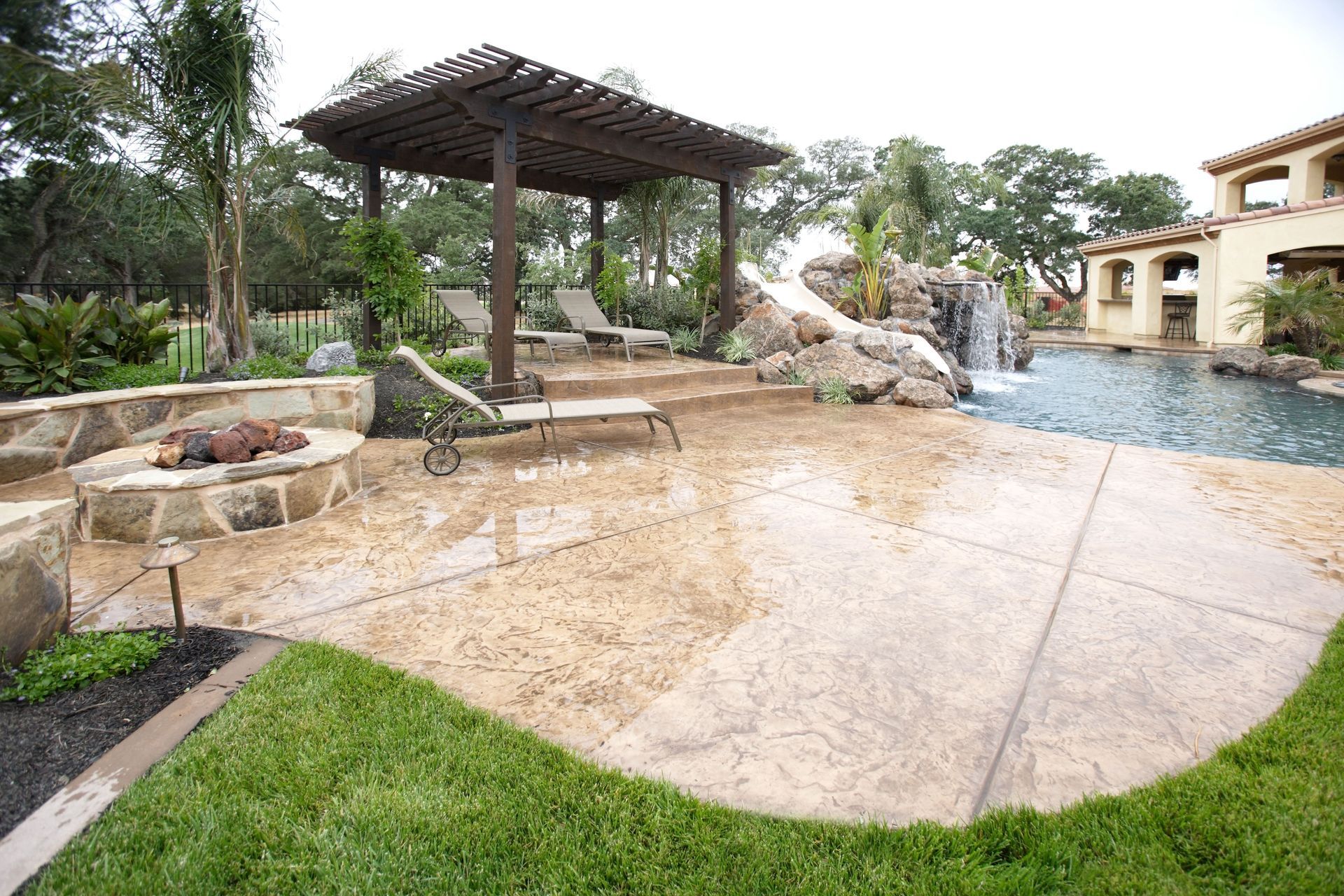

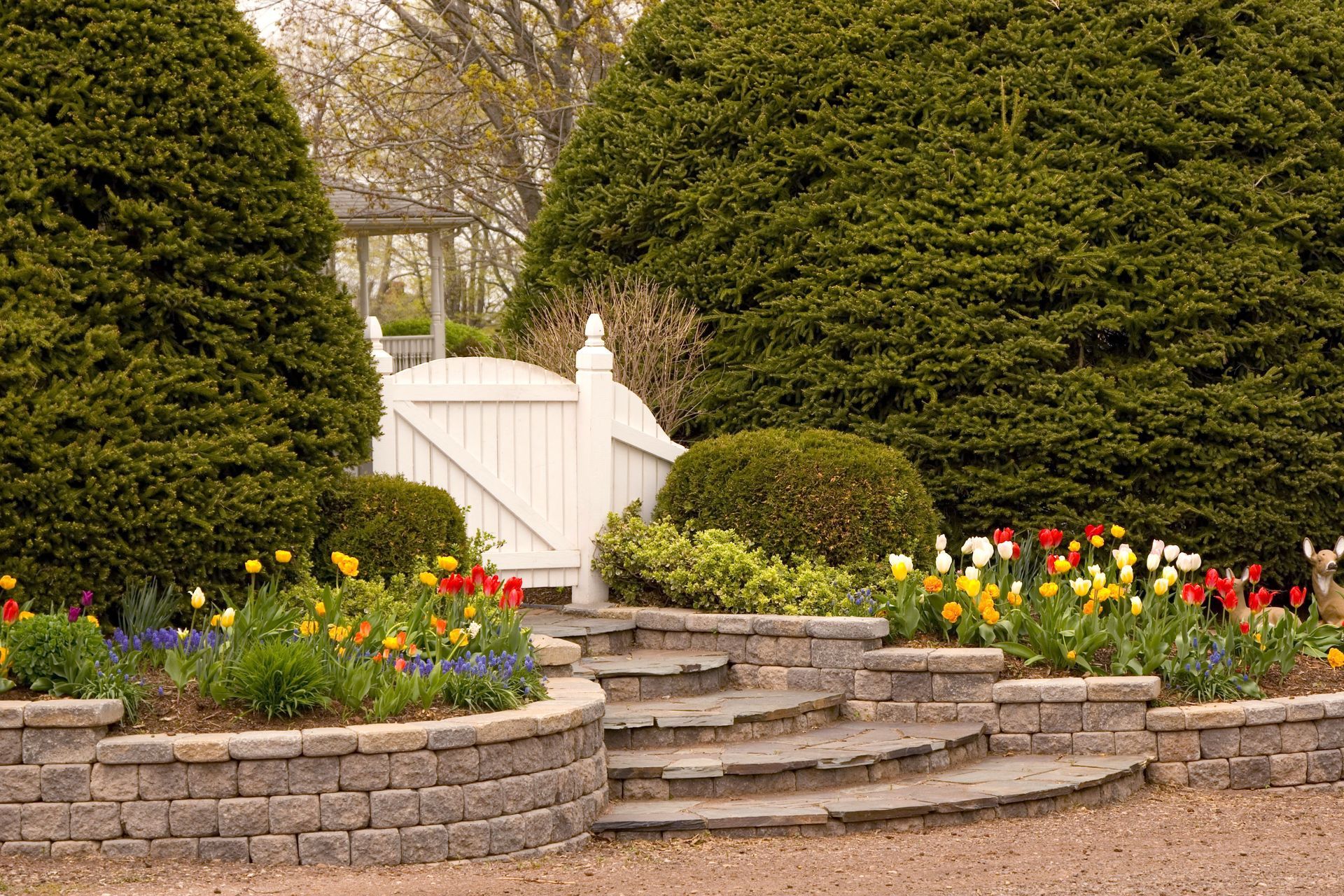
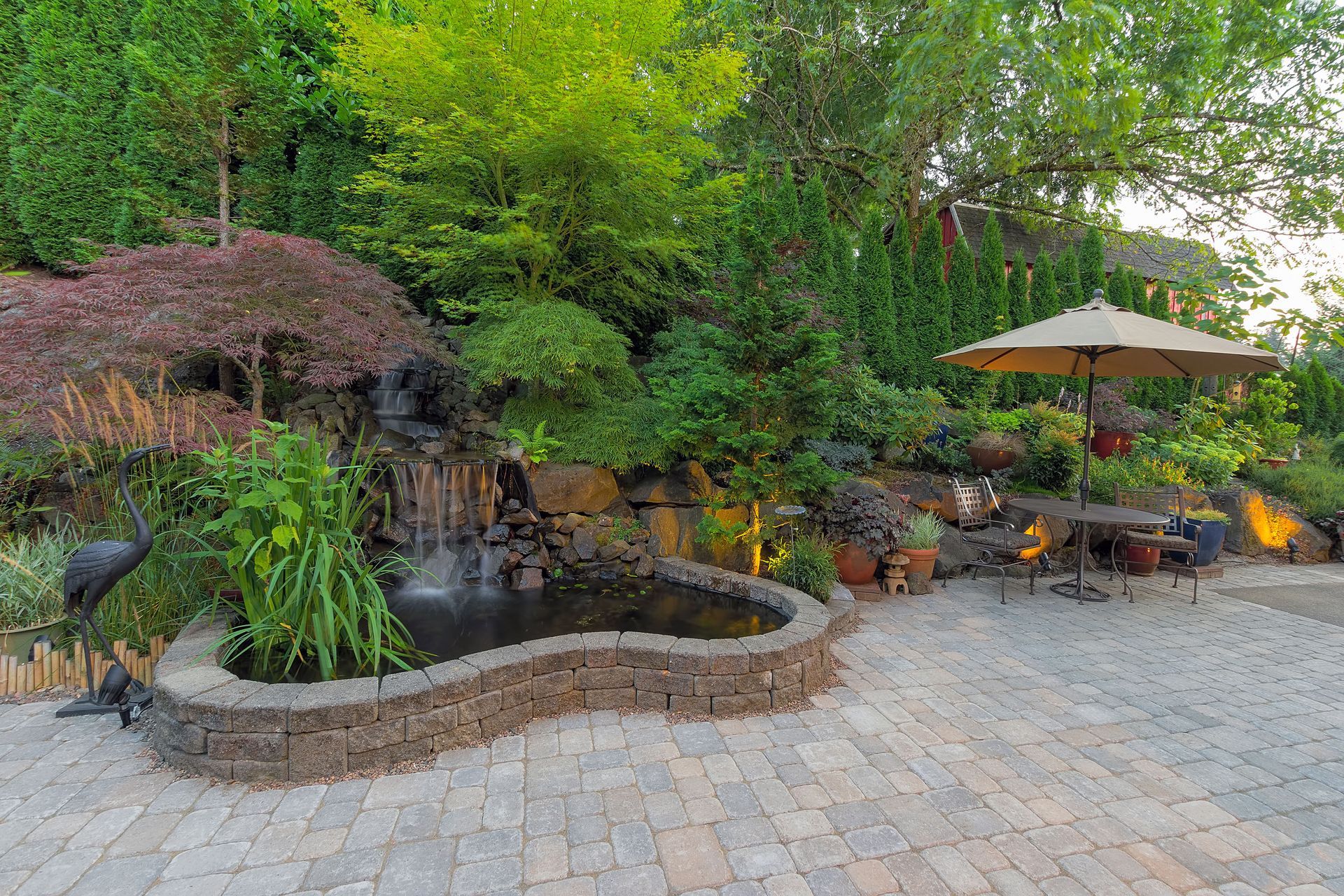
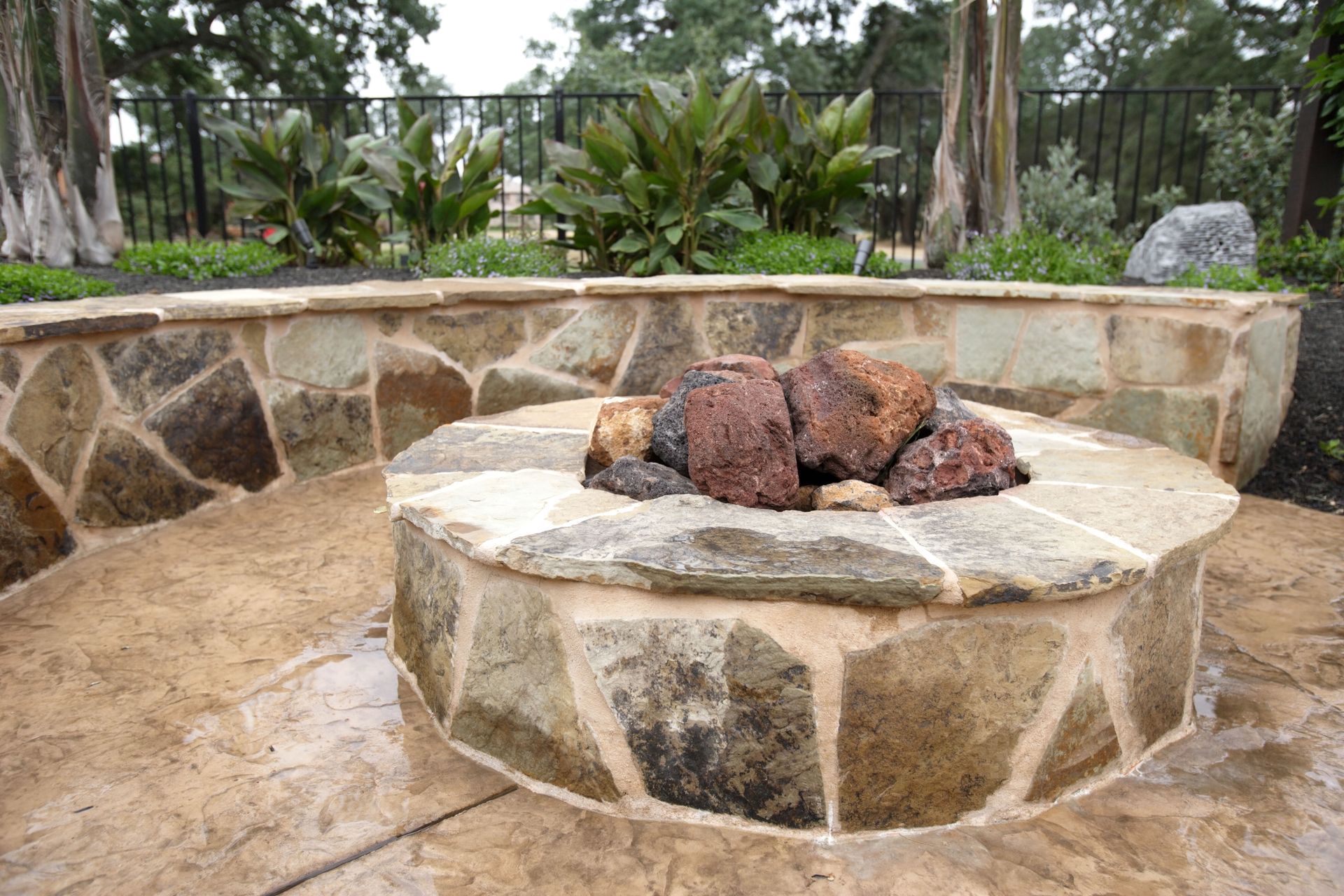
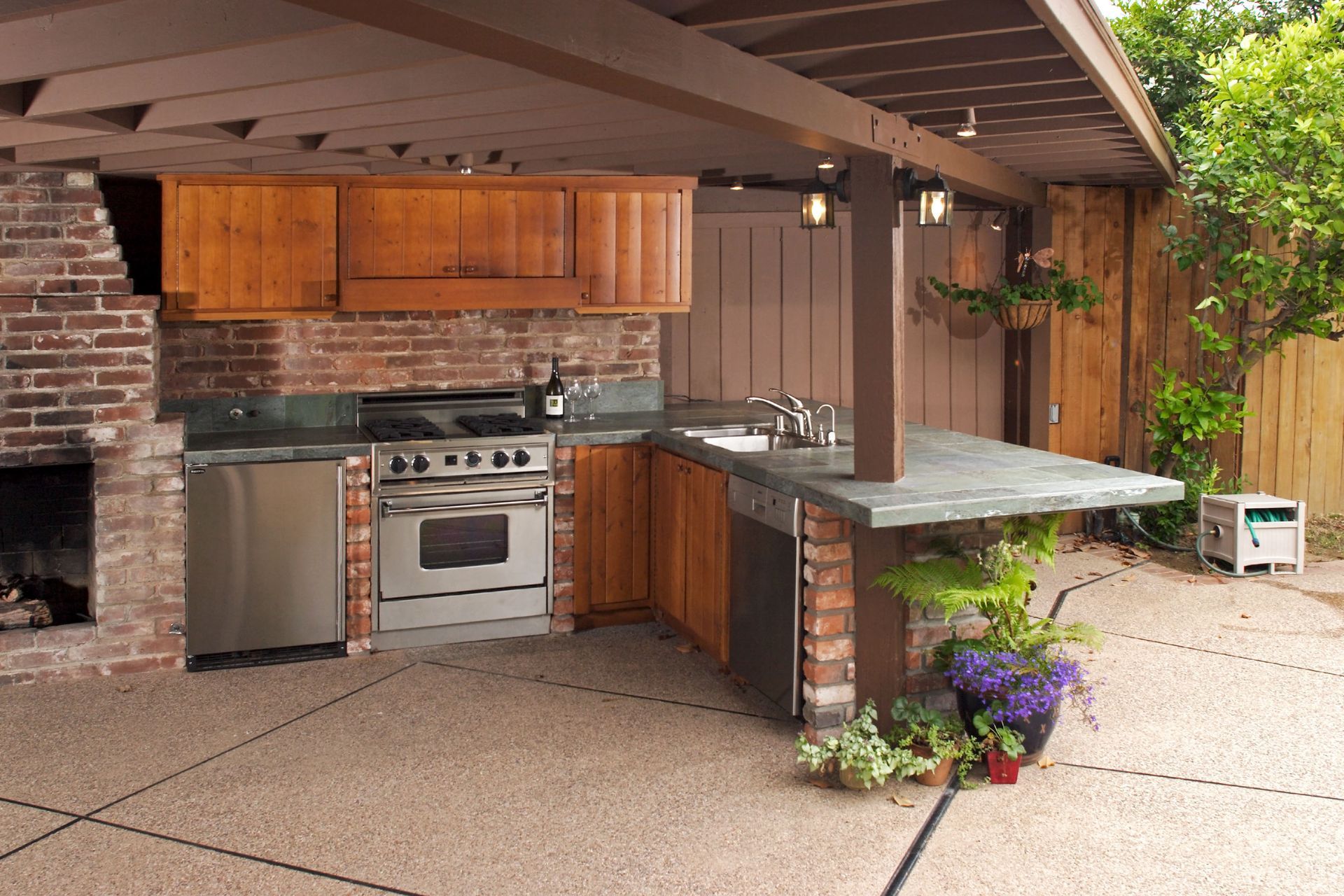

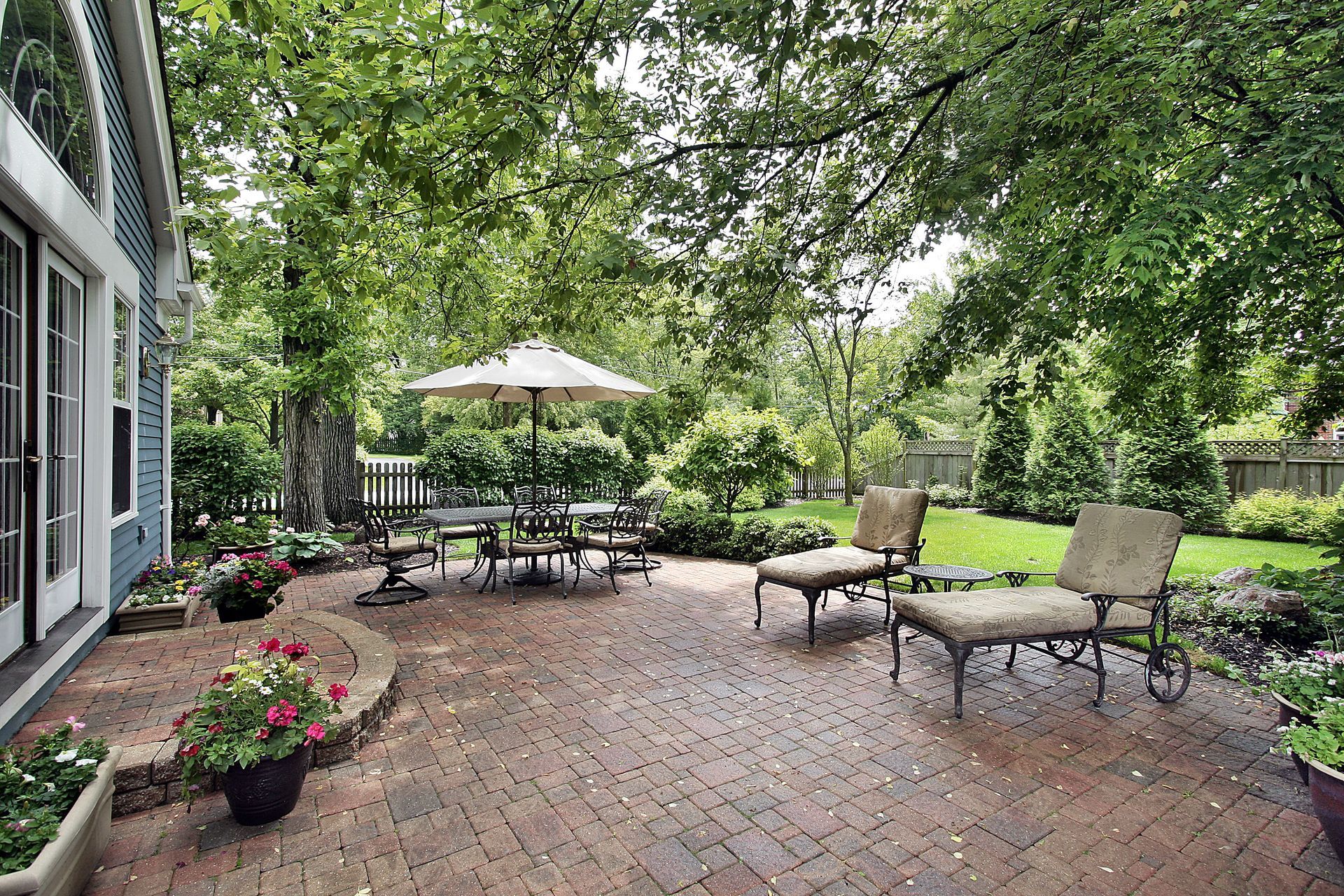
Share On: